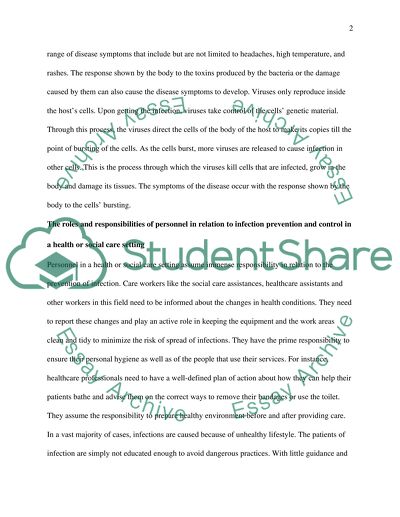Cite this document
(“Importance of infection prevention and control in Health and social Assignment”, n.d.)
Importance of infection prevention and control in Health and social Assignment. Retrieved from https://studentshare.org/health-sciences-medicine/1481769-importance-of-infection-prevention-and-control-in
Importance of infection prevention and control in Health and social Assignment. Retrieved from https://studentshare.org/health-sciences-medicine/1481769-importance-of-infection-prevention-and-control-in
(Importance of Infection Prevention and Control in Health and Social Assignment)
Importance of Infection Prevention and Control in Health and Social Assignment. https://studentshare.org/health-sciences-medicine/1481769-importance-of-infection-prevention-and-control-in.
Importance of Infection Prevention and Control in Health and Social Assignment. https://studentshare.org/health-sciences-medicine/1481769-importance-of-infection-prevention-and-control-in.
“Importance of Infection Prevention and Control in Health and Social Assignment”, n.d. https://studentshare.org/health-sciences-medicine/1481769-importance-of-infection-prevention-and-control-in.


